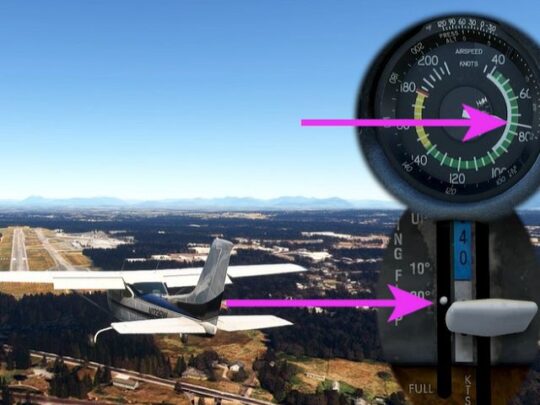Subscriber question:
"What is the best altitude for a cross-country flight? I fly a normally aspirated Piper Arrow (even though my name is Archer)." — Archer H.
Wally:
 “As an airline pilot, my major concern for cruise altitude was to provide a smooth ride for the passengers even at the expense of efficiency. If you think about it, that should be a large factor in our general aviation planning as well.
“As an airline pilot, my major concern for cruise altitude was to provide a smooth ride for the passengers even at the expense of efficiency. If you think about it, that should be a large factor in our general aviation planning as well.
We don’t want to shake and bake our passengers by being down low in the bumps when we could have climbed a few thousand feet and kept them cool and smooth, and had only a little more headwind. Most of the time, the amount of wind change from say 3000 to 6000 feet is not so great that it will change our flight time by more than a few minutes. But if you can get a smooth ride by making that change, you and your passengers will enjoy the flight a lot more.
Another reason to think higher rather than lower is that most of our non-turbocharged airplanes get their best true airspeed between 7000 and 8000 feet. So, everything else being equal, this would be the place to be on all cross-country flights.
Then, of course, there is the terrain issue. If I am flying over uninhabited and/or rough terrain, I want to be high so I have a better chance of reaching an airport or at least civilization if I have a problem. I am very happy to be a little slower but well above the rocks.
Sometimes our choices will be limited by the weather. If we’re VFR-only pilots the cloud bases will be a limitation. But, If the clouds are scattered to broken along your route and you can safely climb on top, you will almost always get a better ride there. Just be sure to comply with all cloud clearance rules and don’t get caught on top of an overcast. If you are an IFR pilot the freezing level may limit your altitude choices. And of course, we all have to obey the oxygen required rules if we plan to go above 12,500 feet.
So unless there is a big wind penalty, my first choice is a cruise altitude of 7000 or 8000 feet to obtain the best true airspeed. If I need to climb or descend to keep the ride smooth, I will, unless I am over hostile territory. Then I won’t descend.
In my view, higher cruise altitudes—rather than lower—give a pilot more options.”
You're VFR, cruising along in nearly continuous moderate turbulence. You expect the bumps will continue for the remaining hour of your trip at this altitude. You could climb a few thousand feet higher and get smooth air, but with a stronger headwind. How much airspeed would you sacrifice for a smooth ride?
(You have no passengers or time pressure)

